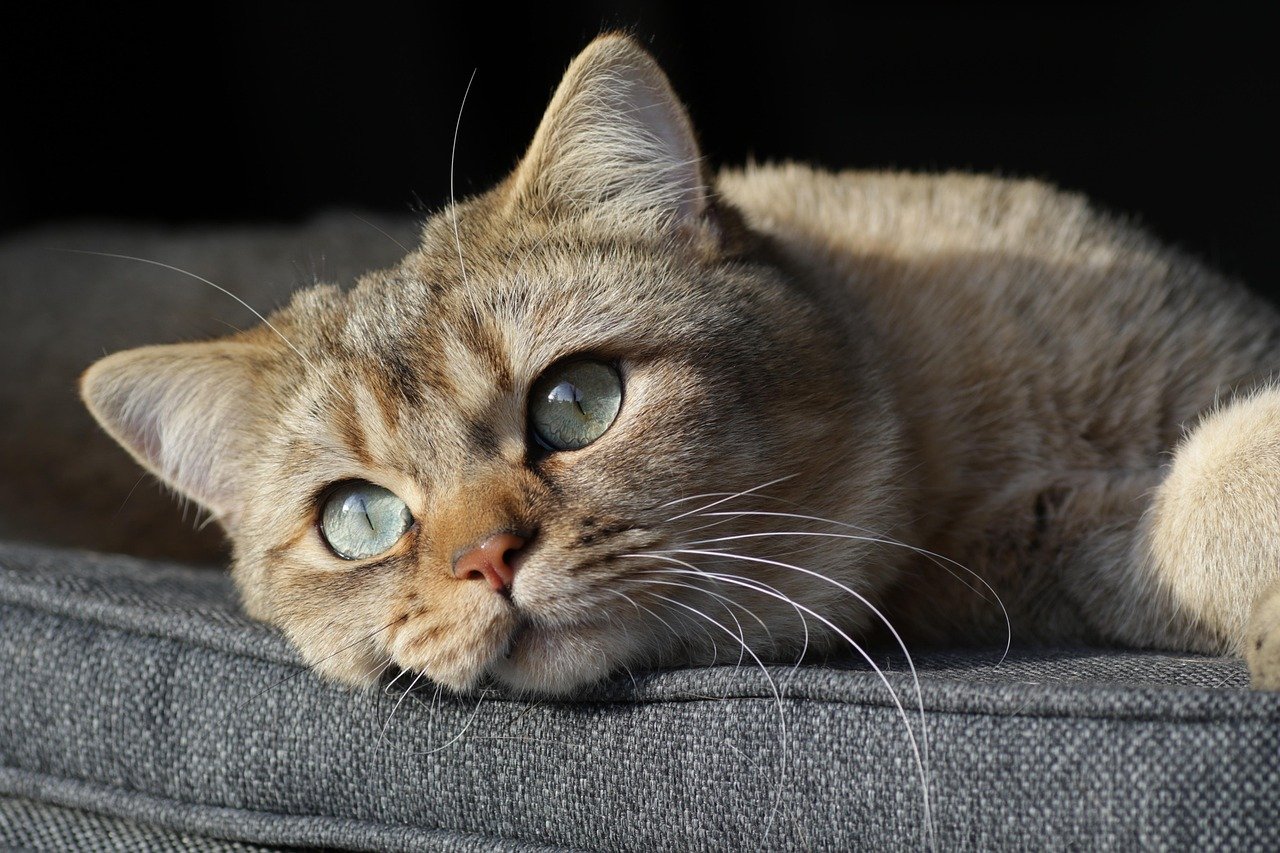Have you ever gazed at your curled-up cat and wished they’d leap into your arms, purr, and snuggle? For many cat lovers, a cuddly feline is the ultimate dream—yet some kitties seem to have missed the memo on human affection. The truth is, not every cat is born a lap-warmer, but that doesn’t mean you have to settle for distant head nods from across the room. With patience, understanding, and a sprinkle of creativity, you can encourage your cat to enjoy cuddles more than you ever imagined. Ready to turn your aloof kitty into a loving cuddle companion? Let’s dive into the world of feline affection and discover how to make your cat fall in love with snuggling.
Understanding Your Cat’s Unique Personality

Cats have a reputation for being independent — sometimes even a little aloof — but that doesn’t mean they’re incapable of enjoying close, affectionate moments. In fact, with patience and the right approach, many cats can learn to love cuddles just as much as their more outwardly affectionate counterparts. Whether you’re hoping for lap naps or just a few extra snuggles, training your cat to enjoy physical affection is all about building trust and respecting their boundaries.
Every cat is their own universe—some are naturally social, while others cherish independence. Before you start cuddle training, it’s crucial to observe your cat’s personality and preferences. Pay attention to their body language; a swishing tail or flattened ears can signal discomfort, while slow blinks and purring often mean contentment. Some cats have had negative experiences in the past, making them wary of touch. Others might simply be more playful than affectionate. Respecting your cat’s unique temperament is the first step towards building trust and encouraging closeness. Remember, forcing affection rarely works; instead, let your cat set the pace and show you what makes them feel safe.
Creating a Safe and Inviting Environment

Cats feel most comfortable when they have control over their space. To encourage cuddles, make sure your home is a sanctuary. Set up cozy spots with soft blankets, cat trees, and hideaways where your feline can relax. If your cat feels safe, they’ll be more open to interaction. Avoid loud noises or sudden movements that could startle them. Try placing your cat’s favorite bed or blanket near where you sit, inviting them to join you on their terms. A calm, peaceful environment reassures your cat and makes them more likely to approach you for affection.
Learning the Right Way to Approach
Approaching a cat for cuddles is an art form. Sudden grabs or looming over your cat can make them feel threatened. Instead, sit quietly nearby and extend your hand slowly. Let your cat come to you, sniff you, and decide if they want to engage. Speaking in a gentle, soothing voice can help as well. If your cat nudges your hand or leans into your touch, that’s a green light for more contact. Always respect their signals; if they pull away or seem tense, give them space and try again later. With time, your cat will associate your presence with safety and comfort.
Building Trust Through Positive Associations
Trust is the foundation of every loving relationship, and it’s especially true with cats. Use treats, gentle petting, and calm praise to reward your cat when they approach or allow cuddles. This creates positive associations with being close to you. Treats can be a powerful motivator—try offering a tasty snack whenever your cat sits on your lap or lets you hold them. Over time, your cat will start to link cuddling with good things happening, making them more likely to seek out snuggles in the future. Patience is key; never rush or force the process.
Identifying Your Cat’s Favorite Spots
Just like humans, cats have favorite spots where they enjoy being touched. For many, a gentle scratch under the chin or behind the ears is pure bliss. Take time to discover where your cat likes to be petted—watch for purring, kneading, or relaxed body language as signs you’ve hit the jackpot. Avoid sensitive areas like the belly or tail unless your cat clearly enjoys it. Focusing on their preferred spots turns each cuddle session into a positive, rewarding experience. The more your cat enjoys your touch, the more likely they are to seek it out.
Timing Is Everything: When to Initiate Cuddles
Cats have their own rhythms and moods, and picking the right time to offer affection can make all the difference. After meals, during nap time, or when your cat is already relaxed are often the best opportunities. Trying to cuddle a hyper or agitated cat rarely ends well. Instead, watch for moments when your cat is lounging, purring, or grooming themselves. These are signals that they’re calm and open to gentle affection. By syncing up with your cat’s natural schedule, you increase your chances of a successful snuggle.
Using Toys and Play to Build Bonds
Playtime is more than just fun—it’s a powerful way to build trust and affection. Engaging your cat with toys like feather wands, laser pointers, or soft balls helps burn off excess energy and creates positive memories with you. After a good play session, many cats are more receptive to cuddles and petting. The shared joy of play fosters a deeper connection, making your cat feel more comfortable and secure by your side. Incorporate regular play into your routine, and watch as your cat becomes more affectionate over time.
Respecting Boundaries and Reading Body Language
Learning to recognize your cat’s signals is essential for building a loving relationship. If your cat stiffens, pulls away, or starts flicking their tail, it’s time to back off. Pushing past these boundaries can damage trust and make your cat more reluctant to cuddle in the future. Instead, celebrate small victories—a quick head bump, a few minutes on your lap, or even just sitting close by. Over time, these moments add up, and your cat will learn that affection is always on their terms, making them more likely to seek it out.
Making Cuddles a Routine
Cats thrive on routine, and incorporating cuddle time into your daily schedule can help them feel secure. Try setting aside a few minutes each day for quiet bonding, whether it’s in the morning, after work, or before bed. Consistency helps your cat know what to expect and builds anticipation around these special moments. Over time, your cat may even start seeking you out at the same time each day, ready for their dose of affection. Rituals like this deepen your bond and make cuddles a natural, enjoyable part of both your lives.
Celebrating Small Successes and Staying Patient
Training a cat to love cuddles is a journey, not a race. Celebrate the little milestones, whether it’s your cat sitting next to you for the first time or allowing a few extra seconds of petting. Progress might be slow, but every small step is a victory. Patience and consistency are your best friends—never punish or scold your cat for not wanting affection. Instead, focus on building trust and letting your cat lead the way. With time, even the most independent feline can surprise you with their affection.
Sometimes, despite your best efforts, a cat remains wary of cuddles. If your cat shows signs of fear, aggression, or sudden changes in behavior, it may be time to consult a veterinarian or animal behaviorist. Remember, every cat is different, and some may never become lap cats—and that’s perfectly okay. The most important thing is to nurture a loving, trusting relationship on your cat’s terms.

Born and bred in South Africa, a Capetonian at heart. Amy-Leigh’s love for nature and animals was inherited from her Dad. He loves taking the family on road trips to experience nature at its finest; Amy-Leigh’s favourite being whale watching in Hermanus and spotting Kudu along the West Coast. Amy-Leigh holds a BA in English Literature and Communication Studies.





